
Deutsch-Chinesische Enzyklopädie, 德汉百科
 Shanghai Shi-SH
Shanghai Shi-SH
 Anhui Sheng-AH
Anhui Sheng-AH
 Chongqing Shi-CQ
Chongqing Shi-CQ

 History
History
 H 1000 - 500 BC
H 1000 - 500 BC

 History
History
 I 500 - 0 BC
I 500 - 0 BC
 Guizhou Sheng-GZ
Guizhou Sheng-GZ
 Henan Sheng-HA
Henan Sheng-HA
 Hubei Sheng-HB
Hubei Sheng-HB
 Hunan Sheng-HN
Hunan Sheng-HN
 Jiangsu Sheng-JS
Jiangsu Sheng-JS
 Jiangxi Sheng-JX
Jiangxi Sheng-JX
 Shandong Sheng-SD
Shandong Sheng-SD
 Shanghai Shi-SH
Shanghai Shi-SH
 Sichuan Sheng-SC
Sichuan Sheng-SC
 Zhejiang Sheng-ZJ
Zhejiang Sheng-ZJ
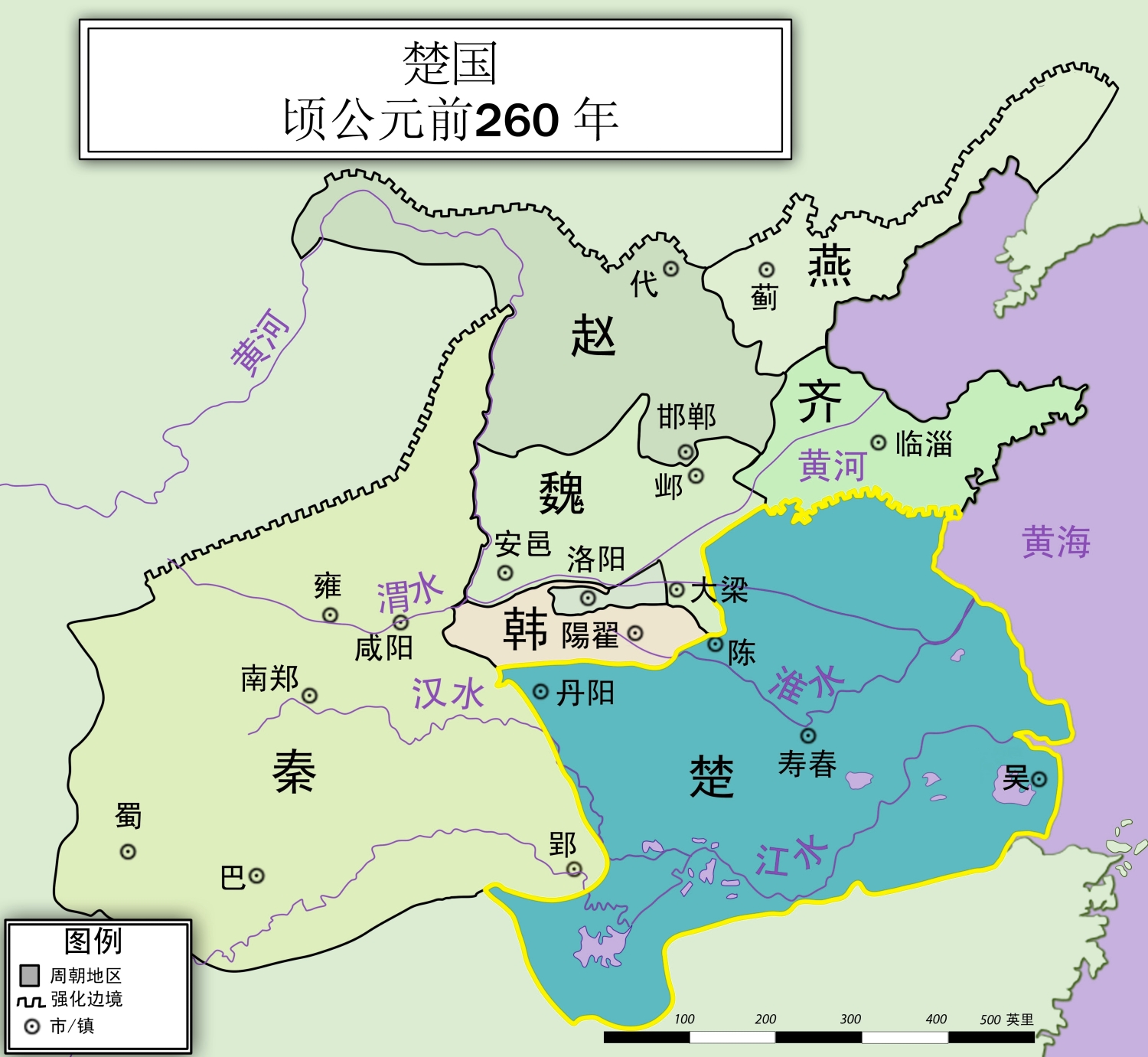
Chu (chinesisch 楚, Pinyin Chǔ, W.-G. Ch'u) war ein Königreich im Gebiet des heutigen Süd-China während der Westlichen Zhou-Dynastie (1046 bis 771 v. Chr.), der Zeit der Frühlings- und Herbstannalen (722 bis 481 v. Chr.) und der Zeit der Streitenden Reiche (475 bis 221 v. Chr.).
Ursprünglich war das Land als Jing (荆) und nachfolgend als Jingchu (荆楚) bekannt. Die größte Ausdehnung umfasste ein umfangreiches Gebiet, einschließlich das der heutigen Provinzen Hunan, Hubei, Chongqing, Henan, und Teile von Jiangsu. Die Hauptstadt von Chu war Ying.
Chu war zu seiner Zeit einer der mächtigsten Staaten und unterwarf zum Beispiel auch den kleineren Staat Lu im heutigen Shandong.
Größere Bedeutung erlangte Chu erstmals unter der Herrschaft von König Zhuang.
Chu (Chinese: 楚, Old Chinese: *s-r̥aʔ[2]) was a hegemonic, Zhou dynasty era state. From King Wu of Chu in the early 8th century BCE, the rulers of Chu declared themselves kings on an equal footing with the Zhou kings. Though initially inconsequential, removed to the south of the Zhou heartland and practising differing customs, Chu began a series of administrative reforms, becoming a successful expansionist state during the Spring and Autumn period. With its continued expansion Chu became a great Warring States period power, until it was overthrown by the Qin in 223 BCE.
Also known as Jing (荆) and Jingchu (荆楚), Chu included most of the present-day provinces of Hubei and Hunan, along with parts of Chongqing, Guizhou, Henan, Anhui, Jiangxi, Jiangsu, Zhejiang, and Shanghai. For more than 400 years, the Chu capital Danyang was located at the junction of the Dan and Xi Rivers[3][4] near present-day Xichuan County, Henan, but later moved to Ying. The ruling house of Chu originally bore the clan name Nai (嬭) and lineage name Yan (酓), but they are later written as Mi (芈) and Xiong (熊), respectively.[5]
Chu ou l'état de Chu (chinois simplifié : 楚国 ; chinois traditionnel : 楚國 ; pinyin : ; littéralement : « pays Chǔ ») était un État des périodes des Printemps et Automnes et des Royaumes combattants, établi sur le fleuve Yangzi. Chu a été annexé par Qin en 223 av. J.-C. La maison royale de Chu à l'origine portait le nom ancestral Nai (嬭) et le nom de clan Yan (酓) mais ceux-ci sont devenus plus tard Mi (芈) et Xiong (熊)1.
Chǔ (楚) fu un regno situato nell'attuale Cina centro meridionale, durante il Periodo delle primavere e degli autunni, (722-481 a.C. e il Periodo dei regni combattenti (481-221 a.C.). La famiglia dominante possedeva il cognome "mi" (芈), nome del clan "xiong" 熊, e il titolo nobiliare di "zi", corrispondente approssimativamente al nostro visconte.
Il primo nome dello Stato era Jing (荆) e successivamente Jingchu (荆楚). Al massimo della sua espansione il regno di Chu occupava una vasta area di territorio, comprendente le attuali province dello Hunan, Hubei, Chongqing, Henan, Shanghai, e parte dello Jiangsu. La capitale del regno era Ying (郢), localizzata approssimativamente nei pressi dell'attuale Jingzhou, nella provincia dell'Hubei.
Chǔ (楚, Wade-Giles: Ch'u3, pinyin: Chǔ) fue un reino situado en lo que hoy es China central y meridional durante el período de Primaveras y Otoños (722-481 a. C.) y el período de Reinos Combatientes (481-212 a. C.).
Fue originalmente conocido como Jing (荆) y luego como Jingchǔ (荆楚). Con el peso de su poder, el reino Chǔ ocupó vastas tierras, incluyendo las provincias actuales de Hunan, Hubei, Chongqing, Henan, Shanghái, y partes de Jiangsu. La capital de Chu era Ying (郢) y estaba ubicada en lo que hoy es la provincia de Hubei.
Чу (кит. 楚) — царство в южном Китае во время эпохи Чуньцю (722—481 гг. до н. э.) и Чжаньго («Воюющие царства» 481—221 до н. э.).
Первоначально царство было известно под названием Цзин (荆), затем Цзинчу (荆楚). На пике могущества под властью Чу находилась территория современных провинций Хунань, Хубэй, Чжэцзян, частично Цзянсу, Цзянси, Аньхой и Фуцзянь, а также города Шанхай. Ранней столицей Чу был Даньян 丹陽, в правление Сюн Туна (8-7 вв. до н. э.) столица была перенесена в Ин 郢 (совр. Цзинчжоу).


Die Commercial Aircraft Corporation of China Ltd. (COMAC oder Comac, Chinesisch: 中国商用飞机有限责任公司, Pinyin: zhōngguó shāngyòng fēijī yǒuxiàn zérèn gōngsī) ist ein chinesischer Flugzeughersteller.
Die Gesellschaft wurde von der chinesischen Regierung, der Regionalregierung von Shanghai und den bereits bestehenden Konsortien AVIC I + AVIC II am 11. Mai 2008 in Shanghai in China gegründet. [1][2] Am 28. Dezember 2009 erfolgte der erste Spatenstich einer Fabrik des Unternehmens. In diesem Gebäude soll die C919 gebaut werden.
(Quelle:wikipedia)

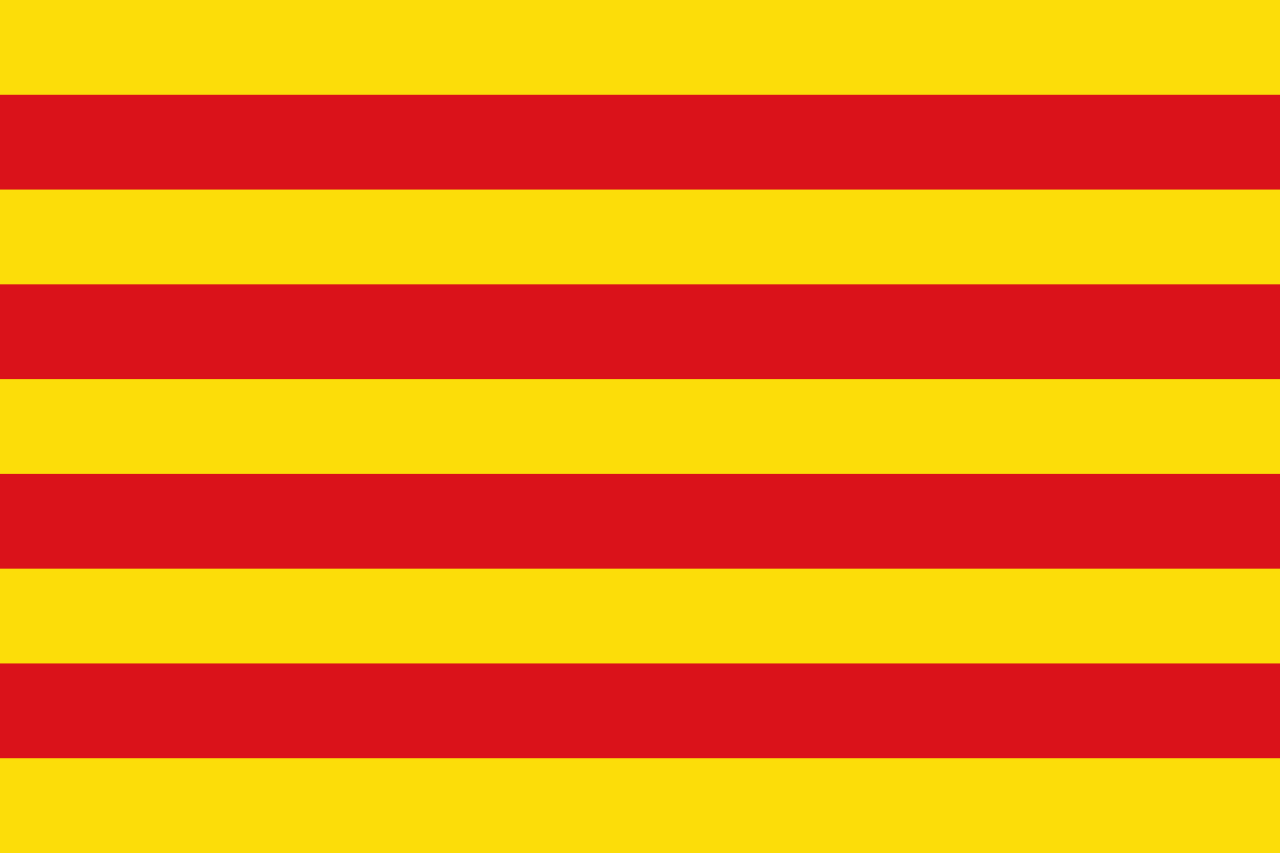 Cataluña
Cataluña

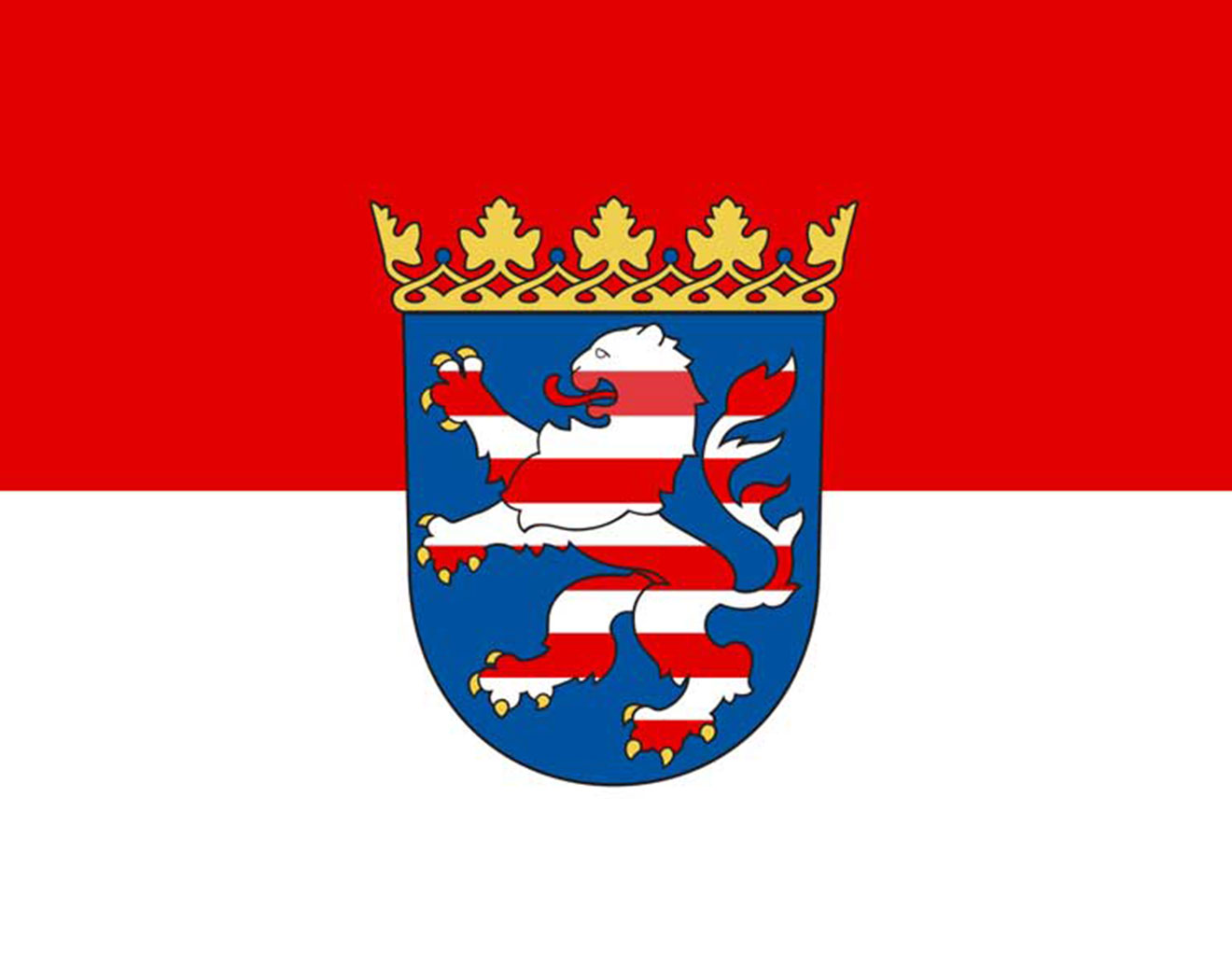 Hessen
Hessen

 Ile-de-France
Ile-de-France
 Kantō
Kantō

 Exhibition
Exhibition
 National Capital Territory
National Capital Territory
 Republic of Korea
Republic of Korea
 Shanghai Shi-SH
Shanghai Shi-SH
 Thailand
Thailand

 China
China
 Guangdong Sheng-GD
Guangdong Sheng-GD


 IT-Times
IT-Times
 Late Classical, Romantic (Early, Middle, Late)
Late Classical, Romantic (Early, Middle, Late)
 Japan
Japan
 Republic of Korea
Republic of Korea
 Shanghai Shi-SH
Shanghai Shi-SH
 Taiwan Sheng-TW
Taiwan Sheng-TW
 United States
United States
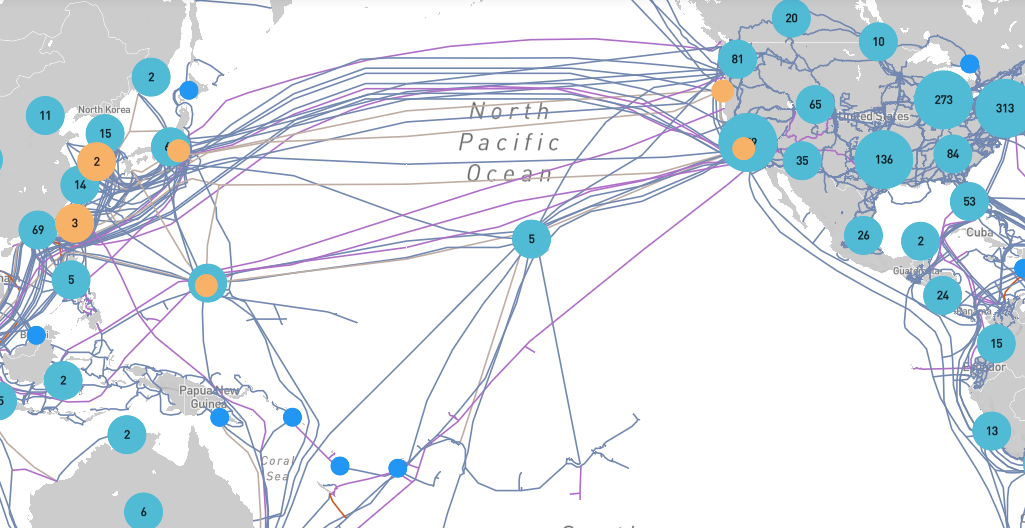
Cable System:
- China-US Cable Network, China-US CN or CUCN
Cable Length:
- 30,800 Km
Design Capacity:
- 80 Gbps (four optical fiber pairs, each of 8x2.488 Gbps SDH over DWDM)
- Constructed as a self-healing ring cable
Lit Capacity:
- 80 Gbps


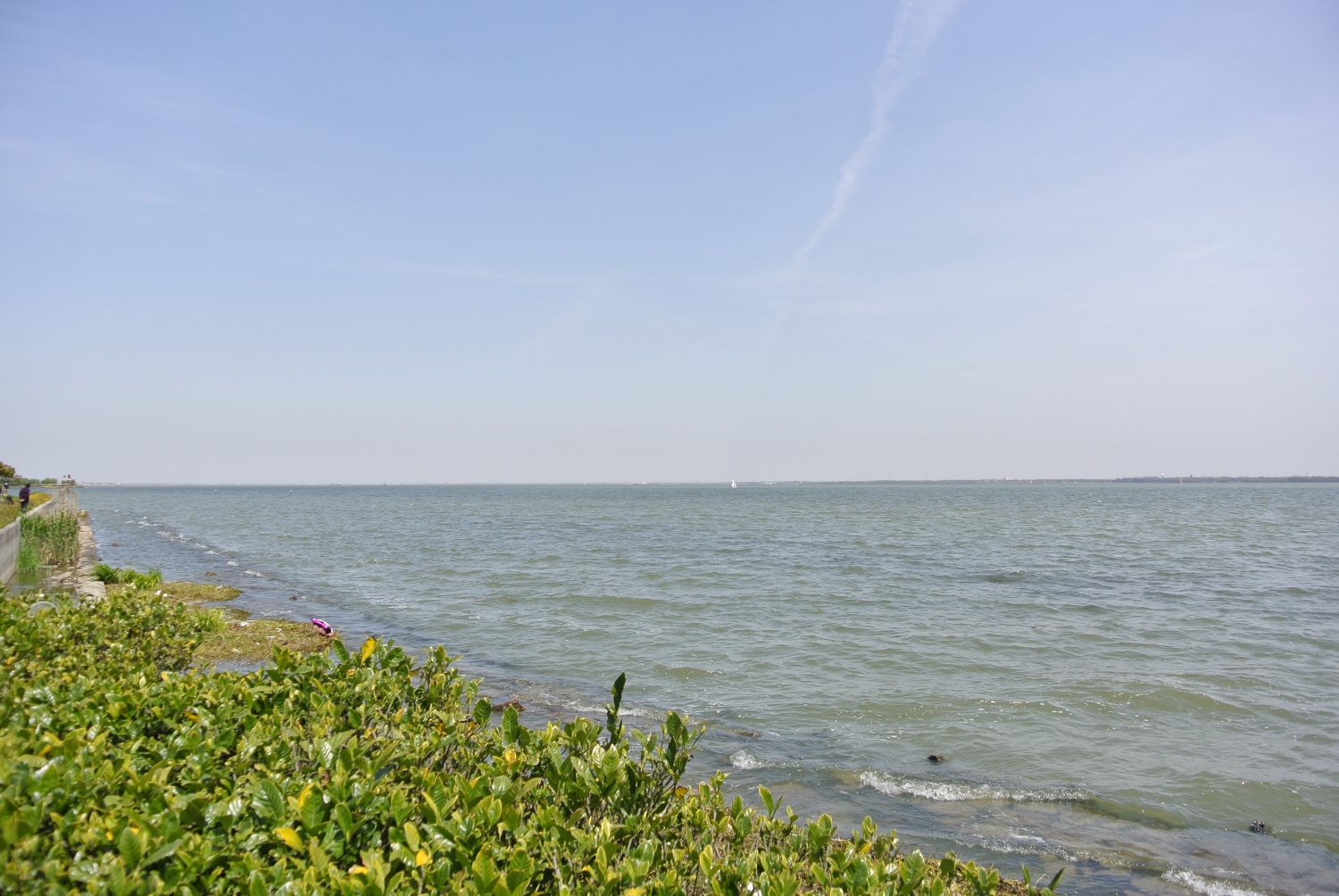

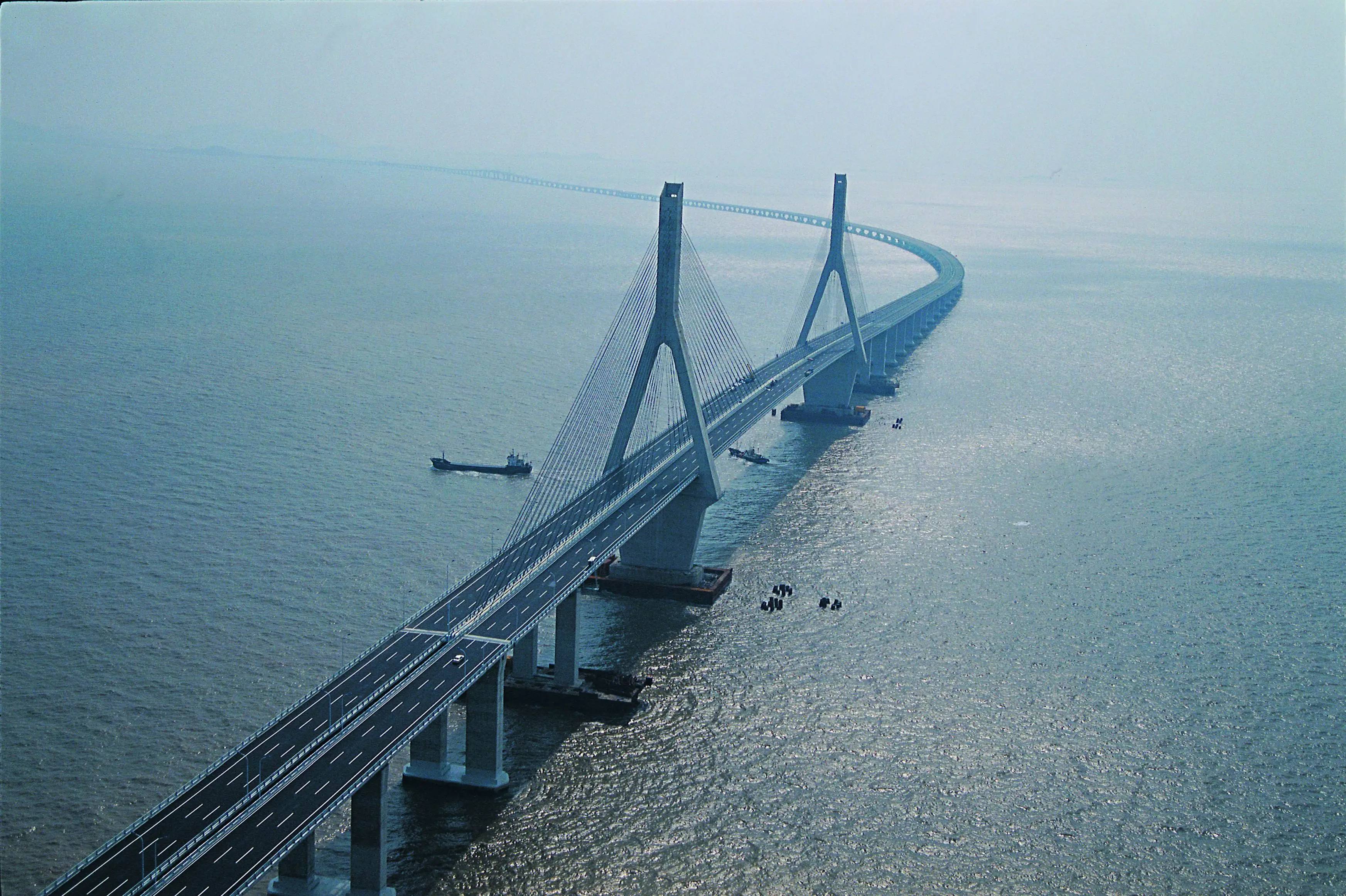
Die Donghai Daqiao (chinesisch 東海大橋 / 东海大桥, Pinyin Dōnghǎi Dàqiáo) ist eine über See führende Brücke in China. Mit dem Bau wurde im Juni 2002 begonnen. Die Fertigstellung war am 10. Dezember 2005.
Die 32,5 Kilometer lange und 31,5 Meter breite Straßenbrücke verbindet den Hafen Luchao (Luchaogang) in der Lingang New City des Stadtbezirks Pudong von Shanghai mit dem Tiefwasserhafen Yangshan im Kreis Shengsi der Provinz Zhejiang (Bucht von Hangzhou). Sie verläuft 40 Meter über der Meeresoberfläche. An ihrer größten durchfahrbaren Stelle können Schiffe bis zu einer Gesamttragfähigkeit von 10.000 Tonnen passieren.
Die Brücke hat sechs Spuren und ist über eine Schnellstraße mit dem äußeren Stadtring Shanghais verbunden. Auf der Brücke gilt eine Geschwindigkeitsbegrenzung von 80 km/h.


 Companies
Companies


 Aerospace
Aerospace
 Medical, Pharmaceutical, Rehabilitation
Medical, Pharmaceutical, Rehabilitation
 Music
Music
 Architecture
Architecture
 Geography
Geography
 Religion
Religion